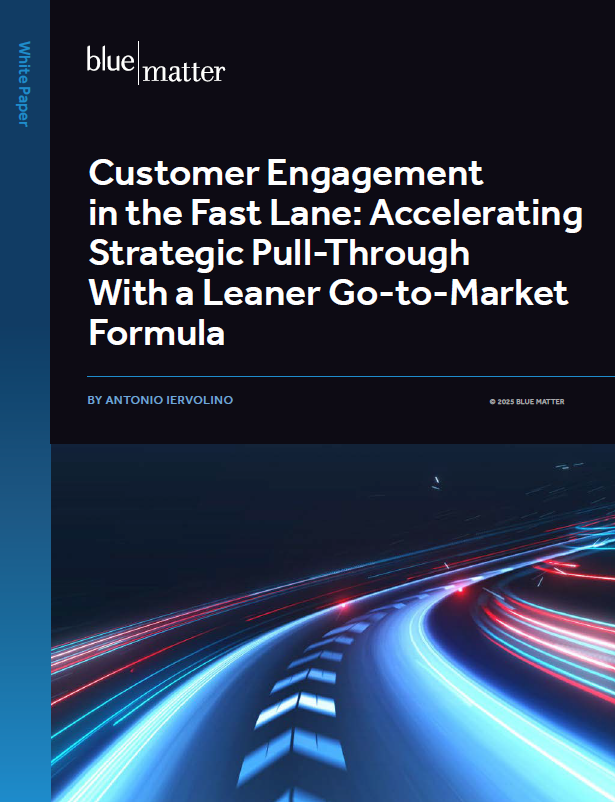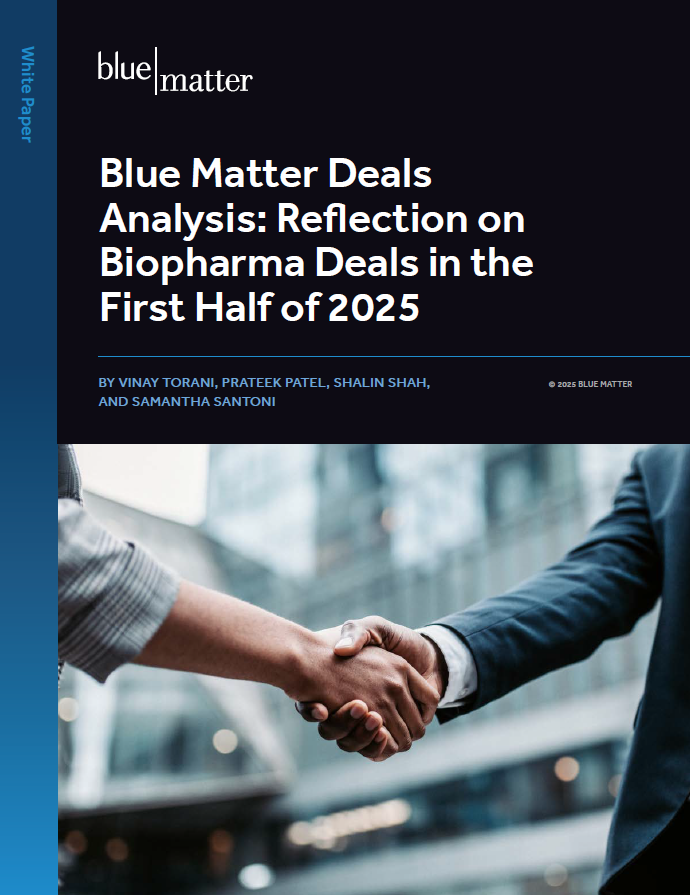
At some point in its development, any growth-minded non-European biopharma company will look to Europe as a possible source of new opportunity. Europe is attractive for various reasons, including its large population, high per-capita spend on healthcare, and vast market potential.
But successfully entering Europe is a complex undertaking, and biopharma companies need to know how to safely navigate the process. The stakes are high, and there are many pitfalls to avoid. In this ongoing series of articles, we are outlining the 12 most common pitfalls that biopharma companies experience as they enter European markets:
- Not knowing what it takes to “go it alone” across Europe
- Not realizing Europe may have its own clinical endpoints in mind
- Missing the opportunity of conditional marketing authorization
- Believing EMA marketing authorization = patient access
- Thinking your list price won’t cross borders
- Missing the mark with local health technology assessment (HTA)
- Not making the right European connections
- Failing to realize that EAPs can boost…or bite
- Missing a promotable label
- Building like big pharma when you’re not
- Using individual preferences vs. analysis to select HQ location
- Caring too late about your infrastructure
In this installment we address pitfall #2.
Pitfall #2 – Not Realizing Europe May Have Its Own Clinical Endpoints in Mind
Why It’s Important
For non-European companies, particularly US-based ones, it can be tempting to attempt to “copy-paste” a successful regulatory data package into the EU. After all, if it’s good enough for the US FDA, then won’t it be a slam dunk in Europe? Not necessarily – European countries are not even the same as each other, let alone the US or other major markets. There can be major differences, each of which must be accounted for in clinical trial design and collection of regulatory and reimbursement grade evidence.
| Clinical Data Package Element | Considerations and Case Study Examples |
|---|---|
| Patient Selection: impacted by demographics and differences in diagnostic or disease classification criteria | Some European companies require data to be generated in-country (they will not accept data from other patient populations) |
| Comparator: Standard of care (SOC) can vary by country, and is also changing over time | Case study: late stage trial becoming obsolete in one EU country as the SOC evolved (outcome: regulatory rejection) |
Companies that apply for European Medicines Agency (EMA) authorization without being mindful of regional and local requirements and expectations risk losing it all, with either an immediate EMA rejection, or authorization but then subsequent inability to obtain reimbursement within certain countries or more broadly across Europe.
Avoiding It
The good news is that for the most part, these pitfalls can be avoided with some up-front investment and planning. The key is to engage the appropriate local regulatory decision-makers and clinical experts early to ensure that you are on track to:
- Pick the right patients: Is it required to be in-country, or can a case be made for comparable demographics from other datasets? If in-country is required, it is important to ensure the key countries for marketing also have a sufficient clinical footprint to successfully generate trial data.
- Design the trial for local relevance: What comparator (or comparators) is acceptable for regulatory and clinical decision-making? Are there country or region-specific expectations around endpoints that must be considered? Companies should take advantage of existing resources within the EMA, e.g., the Scientific Advice Working Party (SAWG) and the various disease-specific Scientific Advisory Groups (SAGs), which can provide feedback on a proposed data package, including comparators and endpoints.
Of course, product success still comes down to efficacy and safety, but if you are mindful of regional and local requirements, you will avoid the unfortunate scenario of having a safe and effective drug that cannot be sold in potentially lucrative EU markets. Instead, you will have proactively incorporated the locally-relevant patient population, comparators, and clinical endpoints to support both regulatory and commercial success in Europe.
Coming Next
In the next article, we’ll address pitfall #3: Missing the opportunity of conditional marketing authorization. A conditional marketing authorization (CMA) can provide an accelerated path to market for a qualified therapeutic. Of course, a CMA is no guarantee of a subsequent standard marketing authorization. However, failure to take advantage of this option has its own associated risks, which we discuss in the next article.






